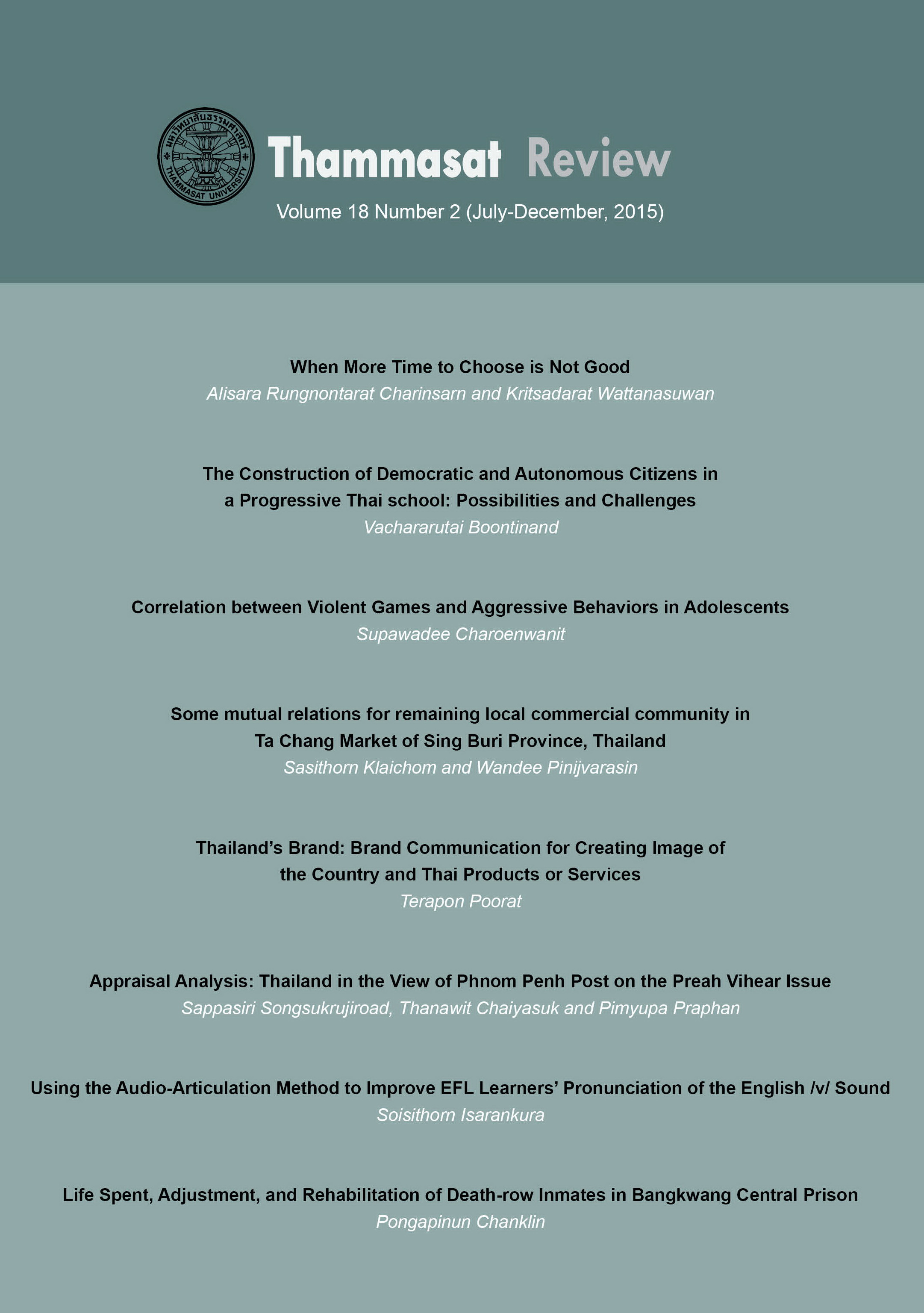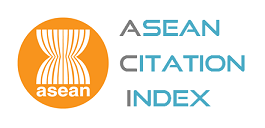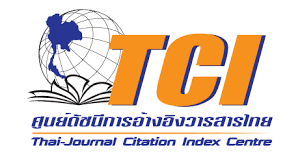When More Time to Choose is Not Good
Abstract
This paper investigates how time availability affects the relationship between Need for Cognitive Closure (NCC) and Choice-Process Satisfaction (CPS). We argue that the “time as resource” concept does not apply when prevention-focused consumers process non-alignable information. In this challenging decision situation, having more time to decide is unfavorable to CPS. A 2x2x2 between-subject experiment was conducted with 1,061 respondents to investigate the effect of NCC on CPS. The eight different scenarios (Table 2 refers) vary in consumer regulatory focus, information alignability, and time availability. The focus is on the role of time availability affecting the relationship between NCC and CPS. Regression analysis was conducted on each of the eight scenarios. The results show that the relationship between NCC and CPS is only significant when prevention-focused consumers process non-alignable information. The findings support the argument that the “time as resource” concept does not always apply. In these situations, NCC positively (negatively) affects CPS when time is limited (abundant). This paper challenges the long-held “time as resource” belief, and argues that having time abundance in challenging decision situations is unfavorable to CPS. Managers, especially retailers, can apply the findings to design decision-making environments such as providing time limits for complex choice decisions. This research is without limitation. The current research was conducted in an experimental environment. Future research should explore the real retail environment.
Keywords: Time as Resource, Need for Cognitive Closure, Choice-Process Satisfaction, Decision Situation, Prevention Focus
Downloads
How to Cite
Issue
Section
License
The opinions and ideas expressed in all submissions published in Thammasat Review are solely that of the author(s) and do not necessarily reflect that of the editors or the editorial board.
The copyright of all articles including all written content and illustrations belong to Thammasat Review. Any individuals or organisation wishing to publish, reproduce and distribute a particular manuscript must seek permission from the journal first.






